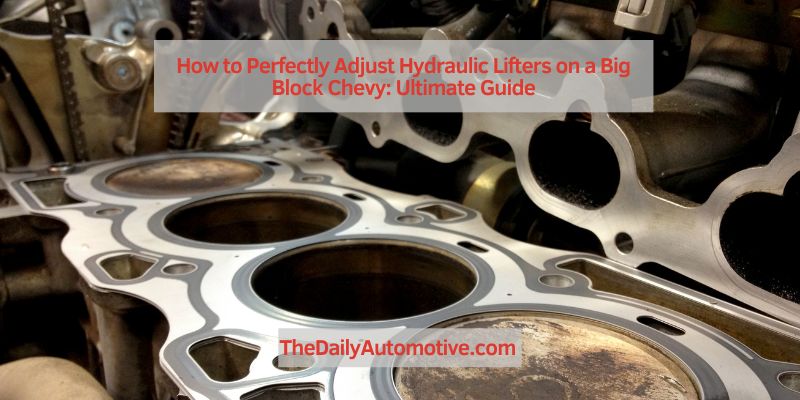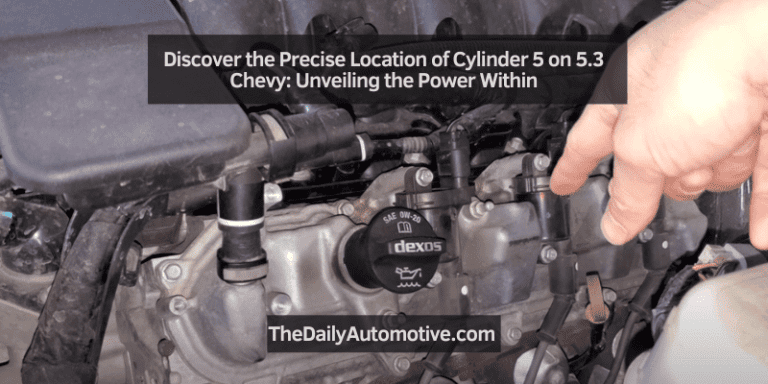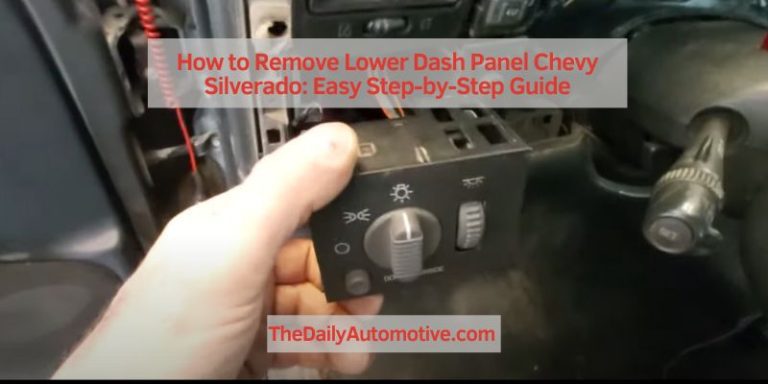How to Perfectly Adjust Hydraulic Lifters on a Big Block Chevy: Ultimate Guide
Adjusting hydraulic lifters on a Big Block Chevy involves tightening the rocker arm nut until it touches the pushrod, then adding a quarter turn. Hydraulic lifters in a Big Block Chevy can be adjusted by tightening the rocker arm nut until it makes contact with the pushrod, and then turning the nut an additional quarter turn.
This process ensures proper valve lash and can improve engine performance.
Familiarity Hydraulic Lifters
When it comes to maintaining your Big Block Chevy engine, ensuring the proper operation of the hydraulic lifters is crucial. These small but essential components play a vital role in the engine’s performance and can greatly affect its longevity. Understanding how hydraulic lifters work and how to adjust them correctly is paramount for any engine enthusiast or mechanic.
What Are Hydraulic Lifters?
Hydraulic lifters, also known as tappets, are a key part of the valve train in an internal combustion engine. They are responsible for maintaining the precise amount of valve lash, or clearance, between the valve’s stem and the rocker arm. In a Big Block Chevy engine, hydraulic lifters provide the necessary support for the pushrods and play a critical role in valve timing and engine performance.
How Do Hydraulic Lifters Work?
Hydraulic lifters operate using a hydraulic mechanism that relies on oil pressure to maintain proper valve lash. Attached to the pushrods, these lifters contain a piston and a plunger assembly that react to changes in oil pressure. When the engine is running, oil is pumped into the lifter body, which causes the piston to push against the plunger and take up any slack in the valve train. This hydraulic action ensures that the valves open and close precisely, allowing optimal fuel and air flow, and maximizing engine power.
It’s worth noting that hydraulic lifters are self-adjusting to a certain extent, as the built-in hydraulic system compensates for small changes in valve lash due to wear or temperature fluctuations. However, over time, the lifters can become worn or develop varnish deposits, affecting their performance. Regular maintenance and adjustment are essential to keep your engine running smoothly.
To adjust hydraulic lifters on a Big Block Chevy, a few key steps need to be followed. Firstly, make sure the engine is off and cold, as adjusting hot lifters can lead to inaccurate results. Then, remove the valve covers and locate the rocker arms and pushrods. Using a feeler gauge, measure the valve lash and compare it to the manufacturer’s specifications. If adjustments are needed, gradually tighten or loosen the rocker arm nut until the proper valve lash is achieved. Repeat this process for each lifter, taking your time to ensure accurate adjustments.
Remember, proper adjustment of hydraulic lifters is essential for preventing engine damage and achieving optimal performance. It’s recommended to consult the engine’s service manual or seek professional advice if you’re unsure about the adjustment process. Regular maintenance and attention to detail will help ensure a long-lasting and high-performing Big Block Chevy engine.
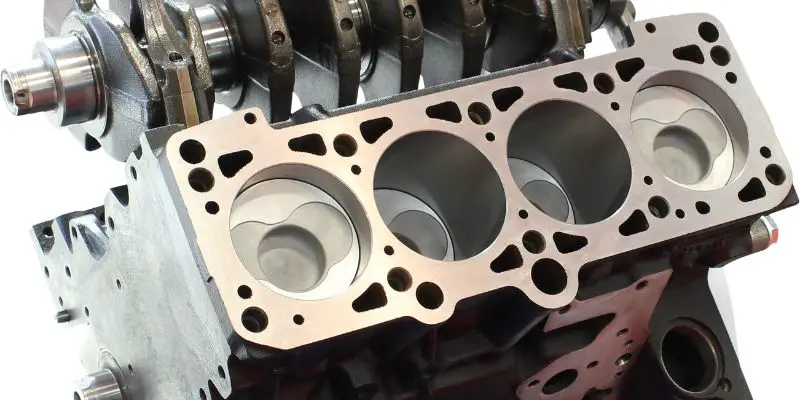
Why Adjust Hydraulic Lifters On A Big Block Chevy?
Adjusting hydraulic lifters on a Big Block Chevy is essential for maintaining optimal engine performance. Following the proper procedure ensures proper valve clearance and reduces the risk of valve train damage. With the right tools and technique, it’s a straightforward process that can significantly improve your engine’s longevity and power output.
When it comes to maintaining the performance and longevity of your big block Chevy engine, adjusting hydraulic lifters is a critical task that should never be overlooked. Hydraulic lifters play a vital role in the proper operation of your engine’s valvetrain, ensuring smooth valve operation and efficient power delivery. Over time, however, hydraulic lifters can become prone to issues such as excessive valve lash, collapsed lifters, or noisy operation. This is why it’s important to understand the common issues with hydraulic lifters on a big block Chevy and the benefits of keeping them properly adjusted.
Common Issues With Hydraulic Lifters On A Big Block Chevy
One of the most common issues faced with hydraulic lifters on a big block Chevy is the accumulation of excessive valve lash. Valve lash refers to the gap between the rocker arm and the valve stem when the lifter is in its lowest position. If this gap becomes too large, it can result in inefficient valve operation, leading to decreased engine performance and potential damage to the valvetrain components.Another common issue is the potential for collapsed lifters. Over time, the internal components of hydraulic lifters can wear or fail, causing them to collapse. When a lifter collapses, it fails to maintain proper contact between the camshaft and the valve, leading to erratic valve movement and reduced power output.Noisy operation is also a prevalent issue with hydraulic lifters. As lifters wear or experience internal failure, they may produce noticeable ticking or tapping sounds. These noises can be especially bothersome, and if left unaddressed, they can indicate further damage within the engine.
Benefits Of Properly Adjusted Hydraulic Lifters
1. Enhanced Performance: Properly adjusted hydraulic lifters ensure optimal valve operation, leading to improved engine performance. With minimal valve lash and consistent lifter function, the engine can generate more power and operate at its peak efficiency.
2. Increased Lifespan: By properly adjusting hydraulic lifters, you can extend the lifespan of various valvetrain components. Consistent and precise valve operation reduces the risk of excessive wear on the camshaft, lifters, pushrods, and valve springs, resulting in a longer-lasting engine.
3. Noise Reduction: If you’ve ever been annoyed by the ticking or tapping sounds coming from your engine, properly adjusted hydraulic lifters can put an end to that. Eliminating excessive valve lash and ensuring proper lifter function significantly reduces noise levels, resulting in a smoother and quieter engine operation.
4. Improved Fuel Efficiency: A properly adjusted valvetrain allows for better control of the air and fuel mixture entering the combustion chamber. This optimization results in improved fuel efficiency, saving you money at the pump and reducing your environmental impact.
Conclusion
In conclusion, adjusting hydraulic lifters on a big block Chevy engine is crucial for maintaining optimal engine performance, extending lifespan, reducing noise, and improving fuel efficiency. By addressing the common issues associated with hydraulic lifters and understanding the benefits of proper adjustment, you can ensure your engine operates smoothly and reliably over the long haul.
Tools And Materials Needed
When it comes to adjusting hydraulic lifters on a Big Block Chevy, having the right tools and materials is crucial. This ensures that the adjustment process goes smoothly and efficiently. In this section, we will discuss the list of required tools and the necessary materials for the adjustment process.
List Of Required Tools
- Feeler gauge set
- Torque wrench
- Socket set
- Breaker bar
- Adjustable wrench
- Valve cover gaskets
- Shop towels
These tools will help you accurately measure the gap between the rocker arm and the hydraulic lifter, as well as torque down the necessary bolts and nuts. The feeler gauge set is particularly important for setting the proper valve lash, while the torque wrench ensures that all fasteners are tightened to the correct specifications. It’s also essential to have an adjustable wrench on hand for any additional adjustments that may be required.
Necessary Materials For The Adjustment Process
- Engine oil
- Assembly lube
- Clean cloth or rag
- White lithium grease
When adjusting hydraulic lifters, it’s essential to have the necessary materials to properly lubricate and clean various components. Engine oil is needed to prime the lifters and ensure smooth operation, while assembly lube helps reduce wear during initial startup. Keeping a clean cloth or rag nearby is beneficial for wiping off any excess oil or debris. Additionally, white lithium grease can be used to lubricate the pushrods and rocker arms, improving their overall functionality.
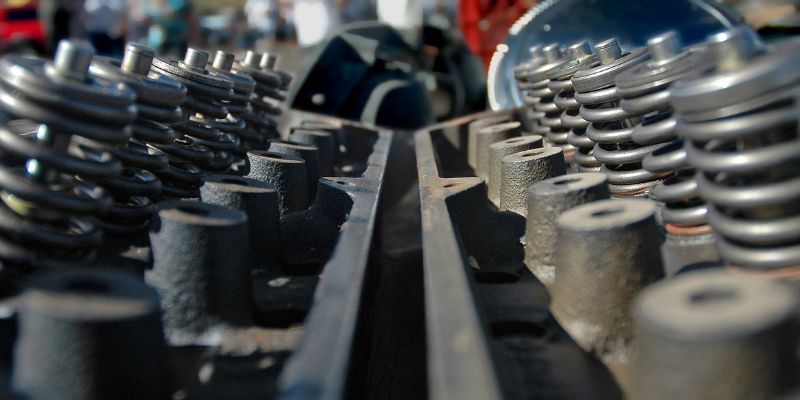
Step-by-step Guide To Adjusting Hydraulic Lifters
Looking to adjust hydraulic lifters on a big block Chevy? Follow this step-by-step guide for easy instructions on getting the job done right. It’s a straightforward process that will help optimize the performance of your engine.
Preparation And Safety Measures
Before you begin adjusting the hydraulic lifters on your Big Block Chevy engine, it’s important to take the necessary preparation and safety measures. This ensures a smooth and safe process, minimizing the risk of any accidents or damage. Here are some key steps to follow:
- First, make sure you have all the necessary tools and equipment for the job. This includes a socket set, wrenches, a torque wrench, and a feeler gauge.
- Park your vehicle on a level surface and engage the parking brake to prevent any unexpected movement during the process.
- Allow the engine to cool down completely before you start; working on a hot engine can be dangerous and may result in burns.
- Wear appropriate safety gear such as gloves and safety glasses to protect yourself from any potential hazards.
Removing The Valve Covers
Once you have taken the necessary safety precautions, you can start by removing the valve covers. This will give you access to the hydraulic lifters and allow you to adjust them effectively. Here’s how:
- Start by disconnecting the negative terminal of the battery to prevent any accidental electrical shorts.
- Using the appropriate socket or wrench, remove the bolts securing the valve covers to the cylinder heads.
- Carefully lift off the valve covers, ensuring you don’t disturb any other engine components.
- Set the valve covers aside in a safe place to prevent any damage or contamination.
Identifying The Compression Stroke
To adjust the hydraulic lifters accurately, you need to identify the compression stroke of each cylinder. This step ensures that the lifter is at its lowest point, allowing for proper adjustment. Follow these steps:
- Manually rotate the engine until the timing marks on the harmonic balancer align with the timing pointer on the engine block.
- Remove the spark plug from the cylinder you wish to adjust. This eases the rotation of the engine and helps you feel the compression stroke more easily.
- With a finger over the spark plug hole, slowly turn the crankshaft clockwise until you feel pressure building up against your finger. This indicates that the piston is approaching the top dead center (TDC) on the compression stroke.
Adjusting The Lifter Pre-load
To achieve the correct lifter pre-load, you’ll need to follow these steps:
- Using your feeler gauge, measure the gap between the rocker arm and the pushrod. This is the lifter pre-load.
- To increase the pre-load, tighten the rocker arm adjusting nut in small increments. Check the gap with the feeler gauge after each adjustment until the desired pre-load is achieved.
- To decrease the pre-load, loosen the rocker arm adjusting nut and repeat the process above until the desired gap is achieved.
- Repeat the adjustment process for each cylinder, ensuring an equal and consistent pre-load across all lifters.
Reinstalling The Valve Covers
With the lifter adjustment completed, it’s time to reinstall the valve covers. Follow these steps to ensure a proper installation:
- Clean the mating surfaces of the valve covers and the cylinder heads to remove any old gasket material or debris.
- Apply a thin coat of gasket sealer to both sides of the replacement valve cover gaskets.
- Position the valve covers over the cylinder heads and carefully seat them in place.
- Using a torque wrench, tighten the valve cover bolts to the manufacturer’s specifications to ensure a proper seal without over-tightening.
By following this step-by-step guide, you can confidently adjust the hydraulic lifters on your Big Block Chevy engine. Remember to take all necessary safety precautions and to consult your vehicle’s specific service manual for any additional guidance.
Testing And Fine-tuning
Testing and fine-tuning the hydraulic lifters are crucial steps in achieving optimal performance for your Big Block Chevy engine. With the right knowledge and techniques, you can ensure that your lifters are operating smoothly, maximizing power output, and reducing excessive valve noise. In this section of our guide, we will cover how to perform a post-adjustment test and how to fine-tune the lifter pre-load if necessary.
Performing A Post-adjustment Test
Once you have adjusted the hydraulic lifters on your Big Block Chevy engine, it is essential to perform a post-adjustment test to ensure everything is functioning as it should. This test will help you identify and address any issues before they escalate.
To conduct the post-adjustment test, follow these steps:
- Start the engine and let it run for a few minutes to reach operating temperature.
- Listen closely for any abnormal valve noises, such as ticking or clicking sounds.
- If you notice any unusual noises, use a mechanic’s stethoscope or a long screwdriver to pinpoint the source of the noise.
- If you determine that a lifter is making noise, mark the corresponding cylinder for further inspection.
- Inspect the marked lifter by removing the valve cover and checking for excessive lifter preload or inadequate oil flow.
- If necessary, make further adjustments to the lifter preload, following the manufacturer’s specifications and guidelines.
Fine-tuning The Lifter Pre-load If Necessary
In some cases, you may find that the lifter pre-load is not set optimally, even after initial adjustment. Fine-tuning the lifter pre-load can help eliminate any remaining valve noise and ensure smooth operation. Here’s how you can fine-tune the lifter pre-load:
- For hydraulic lifters, loosen the adjusting nut until there is a slight lash or clearance between the lifter and the pushrod. This will allow the lifter to self-adjust.
- Tighten the adjusting nut gradually until you feel slight resistance when spinning the pushrod with your fingers.
- Check the manufacturer’s specifications for the recommended amount of pre-load and make adjustments accordingly.
- Ensure that the lifter preload is consistent across all cylinders, making adjustments as needed.
By performing a post-adjustment test and fine-tuning the lifter pre-load if necessary, you can optimize the performance of the hydraulic lifters on your Big Block Chevy engine. These steps ensure smooth operation and reduce the likelihood of valve noise, allowing you to enjoy the full potential of your engine.
Common Mistakes To Avoid
When it comes to adjusting hydraulic lifters on a Big Block Chevy engine, there are a few common mistakes that many people make. These mistakes can lead to poor engine performance, premature wear, and even engine damage if not addressed properly. In this section, we will discuss the most frequent errors people make when adjusting lifter preload and neglecting regular maintenance.
Over-tightening The Lifter Preload
One of the most significant mistakes when adjusting hydraulic lifters is over-tightening the preload. The lifter preload refers to the amount of pressure applied to the lifter before the pushrod engages. It is crucial to find the right balance here. If the preload is too loose, it can result in noisy lifters, excessive valvetrain clearance, and poor engine performance. On the other hand, over-tightening the preload can lead to valve float, which can cause severe damage to the valvetrain and compromise engine performance.
Neglecting Regular Maintenance
Regular maintenance is essential for the proper functioning and longevity of any engine, including those equipped with hydraulic lifters. Neglecting routine upkeep can lead to various issues such as lifter wear, decreased performance, and even engine failure. It is crucial to follow the manufacturer’s recommended maintenance schedule and perform tasks such as oil changes, valve adjustments, and lifter inspections at the specified intervals.
By avoiding these common mistakes, you can ensure that your hydraulic lifters are adjusted correctly and your Big Block Chevy engine performs optimally. Remember to find the right balance with the lifter preload and prioritize regular maintenance to keep your engine running smoothly for years to come.
Conclusion
Adjusting hydraulic lifters on a big block Chevy engine is a crucial step in maintaining its performance and longevity. By following the steps outlined in this blog post, you can ensure optimal valve clearance and prevent any potential damage. Remember, regular maintenance and proper adjustment of hydraulic lifters are essential for a smooth-running engine.
So, don’t neglect this important aspect of your Chevy’s maintenance routine. Keep your engine running smoothly and enjoy the power and performance of your big block Chevy for years to come.

